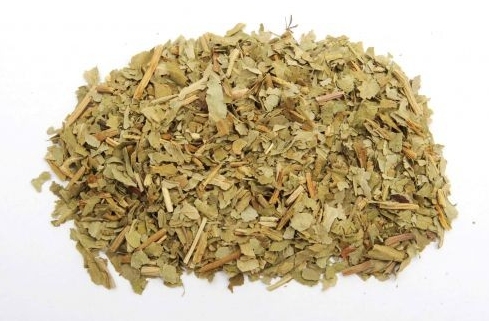[1] British Herbal Pharmocopoeia 1983 Published by the British Herbal Medicine
Association ISBN 0 903032 07 4.
[2] Herbal Materia Medica Course Notes For Diploma of Naturopathy and Diploma
of Herbalism Students by Lydia Mottram.
[3]
Potter's New Cyclopaedia of Botanical Drugs and Preparations
R.C. Wren Revised by Elizabeth M. Williamson and Fred J Evans. First published
in Great Britain in 1988 and reprinted in 1989 and 1994 by the C. W. Daniel Company
Limited. 1 Church Path, Saffron Walden Essex. Published 1988 Printed and bound
by Biddles, Guildford ISBN 085207 1973.
[4] Mediherb- A herbal extract company based in Warwick Qld. 4370 Australia
www.mediherb.com
Images
1.
en.wikipedia.org
by Martin Zahnd CC BY-SA 2.0 de
2.
justingredients.co.uk
1. Battersby, A. R. et al. (1967) J. Chem. Soc. Chem Commun 1277
2. Ciaceri, G. (1972) Fitoterapia 43, 134
3. Phillipson, J. D. and Anderson, L. A. (1984) Pharm. J. 233,
80 and 111.
4. Swaitek, L. et al (1986) Planta Med. 6, 60P
5. Naturally Occurring Quinnones, R. H. Thomson, 2nd Ed. Pub Academic Press (1971)
6. Fenaroli's Handbook of Flavor Ingredients, Vol 1, 2nd Ed. Pub CRC Press (1975)
 Menyanthes
trifoliata. Bogbean, Buckbean, Marsh trefoil
Family: Menyanthaceae
Menyanthes
trifoliata. Bogbean, Buckbean, Marsh trefoil
Family: Menyanthaceae
